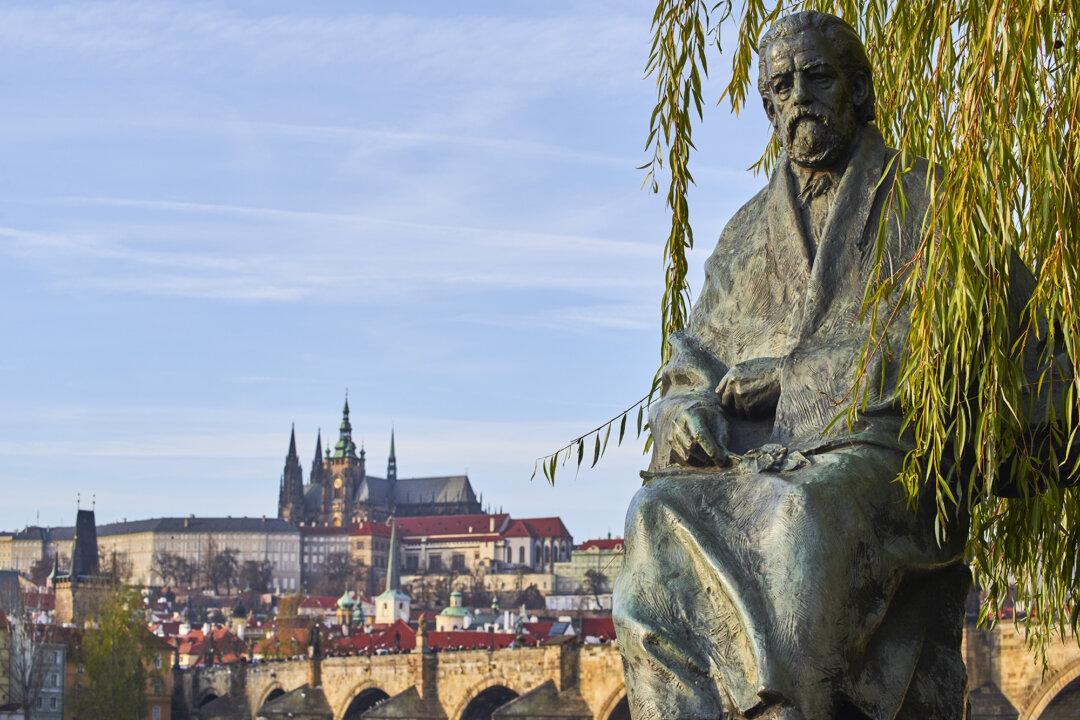It’s a strange and thrilling moment. “Hold on tight and, if you’re nervous, don’t look down,” my guide tells me as I settle into the harness and prepare to drop. We’ve reached the edge of this cliff on mountain bikes, spotting Nubian ibex and other curious desert creatures as we rolled through the Negev, a wilderness of biblical proportions.
Now, teetering on the edge of the world’s largest erosion cirque, more than 1,600 feet deep at its bottom, I have a few second thoughts. But I won’t have long to think it through.
“Ready?” he asks. And I am. A moment later, I’m rappelling into a crater so big and wide, it swallows me whole.

I’m in Israel, a tiny nation with a long, storied history and more wild country than you can imagine. Roughly the size of the state of New Jersey, Israel has shorelines on three seas (Dead, Med, and Red), desert, mountains, oases, and much more. The country has captured recent headlines with its super-fast vaccination campaign, which has reopened its economy more quickly than almost anyplace else.
While many visitors come here for a Holy Land experience, I go beyond, finding some truly wild times.

Highlights
Of course, you can’t come here and not hit the highlights. Arriving in Jerusalem, I stay at the storied King David Hotel, every evening wandering out the grand lobby, passing through a gate, into the walled Old City. Always exploring, I make my way through each of the five quarters (Jewish, Christian, Muslim, Armenian, and Moroccan), putting my hand on the Western Wall. I also stop for a little hummus at a hole-in-the-wall restaurant.There, I pause to people-watch, observing the fascinating mix of faiths, all drawn to this city like a magnet.
One day, I take a little hike up to the top of Mount Zion and the Mount of Olives, passing famous places from history and antiquity, including the spot where the Gospels say Jesus ascended to heaven. Later in the week, I ride a Segway, led by the two owners of the company, zooming through local parks and, unfortunately, falling headlong over the handlebars when my machine strikes a short post. Fortunately, because I’m well-padded, the only thing I’ve hurt is my pride.

The Dead Sea
And then, it’s time to get out of town. First, to the Dead Sea, only about an hour outside of Jerusalem. Stopping at a small eco-hotel, I change into my bathing suit and descend some steps to the beach. Famously the lowest place on Earth, I stand some 400 feet below sea level. The “sea” is actually a salt lake, the deepest hypersaline lake in the world. And salty, it is—almost 10 times saltier than the ocean.You don’t actually swim—you can’t, really. Entering the water is unlike any other aquatic experience. Once you’re immersed, it’s like trying to do a breaststroke through cotton candy. Staying afloat takes zero effort at all—in fact, fighting it, trying to stay on your feet and move around, that’s the hard part. I give in, the water swooping me up. And I float, soaking up the afternoon sun, completely relaxed, arms and legs akimbo on the surface, the salt supporting all my limbs.
And from sea to sea. I head all the way south, to Eilat, a small city set on an arm of the Red Sea. Here, the Middle East comes together—Egypt, Israel, Jordan, and Saudi Arabia all surround the thin tip of the Gulf of Aqaba (also known as the Gulf of Eilat), their borders all just a few miles apart. A beach town, big hotels welcome vacationers, and many who come here don’t make it past the pool. I will admit that all those loungers look rather inviting.

Instead, I opt for a slightly surreal experience, arriving at the Coral Beach Nature Reserve, just outside of town. Affixing a mask and snorkel, I drop off a dock, into the aquamarine water, where everything feels a little like the Caribbean. As I follow a rope tied to a series of buoys, the reef bursts with life, hundreds of species of fish, swirling around my fins.
Then, the dolphins. While most dolphin-swim experiences take place in a tank, here, the dolphins remain wild, free to enter and leave at will a huge enclosure set in the sea. Back in a mask and snorkel, my guide gives me a bit of advice.
“Let them come to you,” she says. “And don’t be afraid—they’re a lot bigger when you’re in the water with them.”
While fear of a few friendly bottle-nosed dolphins seems almost laughable—they’re almost cartoonishly cute—she’s right. Growing to a length of more than 12 feet, they can weigh more than 400 pounds. Swimming directly below me, usually in pairs, they look a lot more like whales, moving so much faster than they appear when you’re spotting them from a boat, or dry land.

Timna Valley
Leaving the coast and headed back north, toward Jerusalem, I spend some more time in the wilderness. In Timna Park, I ride in a safari-style jeep, venturing well off-road through some of the 15,000 preserved acres in the dramatic Timna Valley, home to one of the world’s first copper mines. The metal mined here has been found in weapons and jewelry used by the Egyptian pharaohs. Rumbling past deep red sandstone formations with evocative names (Solomon’s Pillars, The Mushroom—which really looks like a mushroom), I take a short hike to view a bit of ancient graffiti, writing scratched into the wall by those ancient miners.

Wadi Zin
And soon enough, I find myself descending that cliff. The day starts with a hike through the Wadi Zin, the longest valley in Israel. It’s long served as a corridor, for both people and animals. Nabateans on the Spice Trail from Gaza to Petra once walked here, as did Roman traders. And storks and flamingos still use it as a thoroughfare on their migrations down to Africa. Ascending a series of steps carved into the sandstone, next to the Zin River, my guide explains that the caves right beside the trail were once inhabited by Byzantine monks 1,600 years ago.
“They considered it holy ground,” he explains, noting that just being here, they felt closer to God.
After biking the lip of the Ramon Crater, I don that harness and descend. Ignoring the advice of my guide is a bad move—for a moment, I look down, and the ground feels like it’s a million miles away. Hanging there for a few seconds is a remarkable feeling, the breeze blowing, the desert, quiet and peaceful. I’m just getting comfortable when two fighter jets, training for the Israeli Defense Forces, roar just overhead. Everything, even the atmosphere, seems to shake. Adrenaline pumping, I reach the ground, ready to do it all again.





